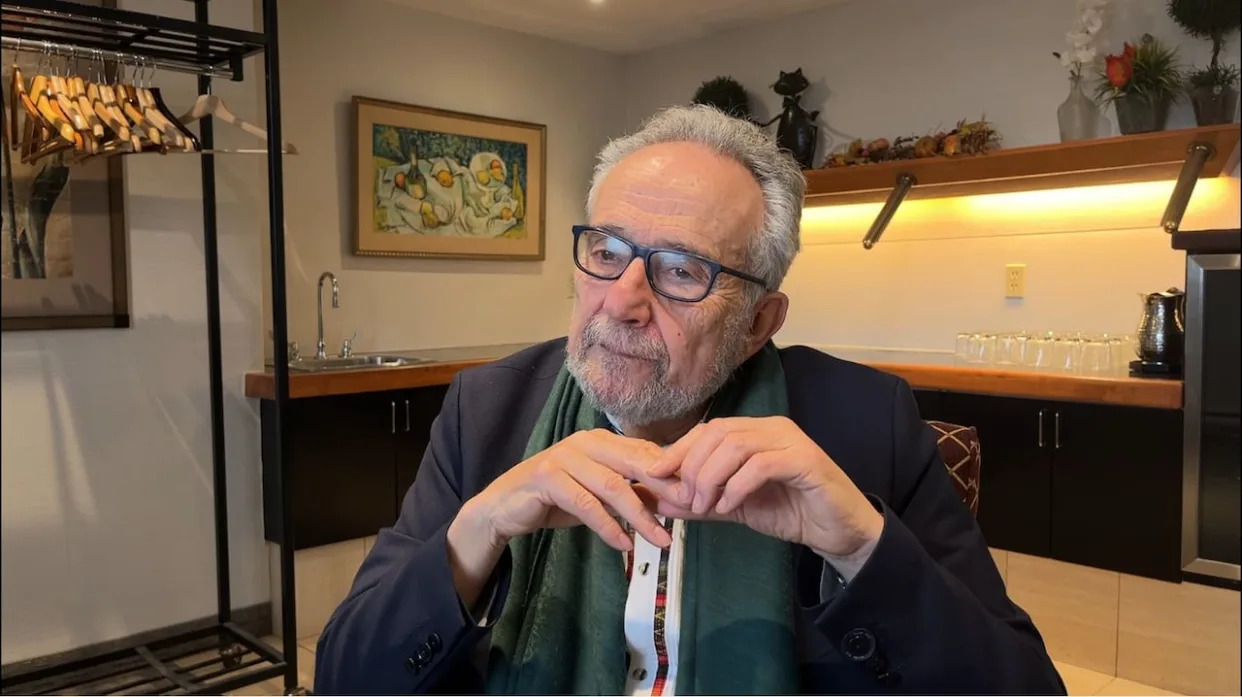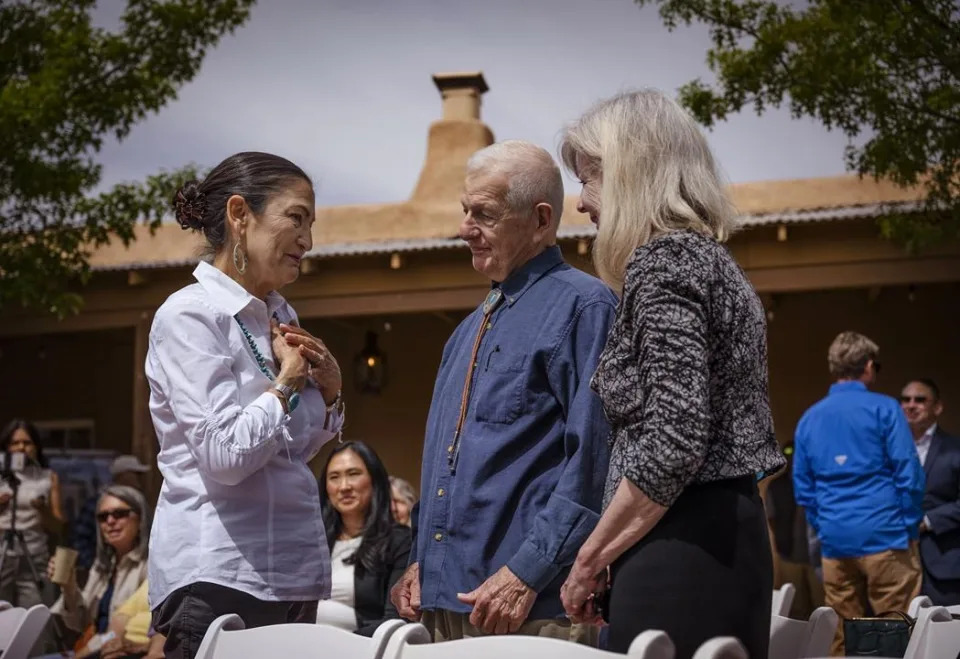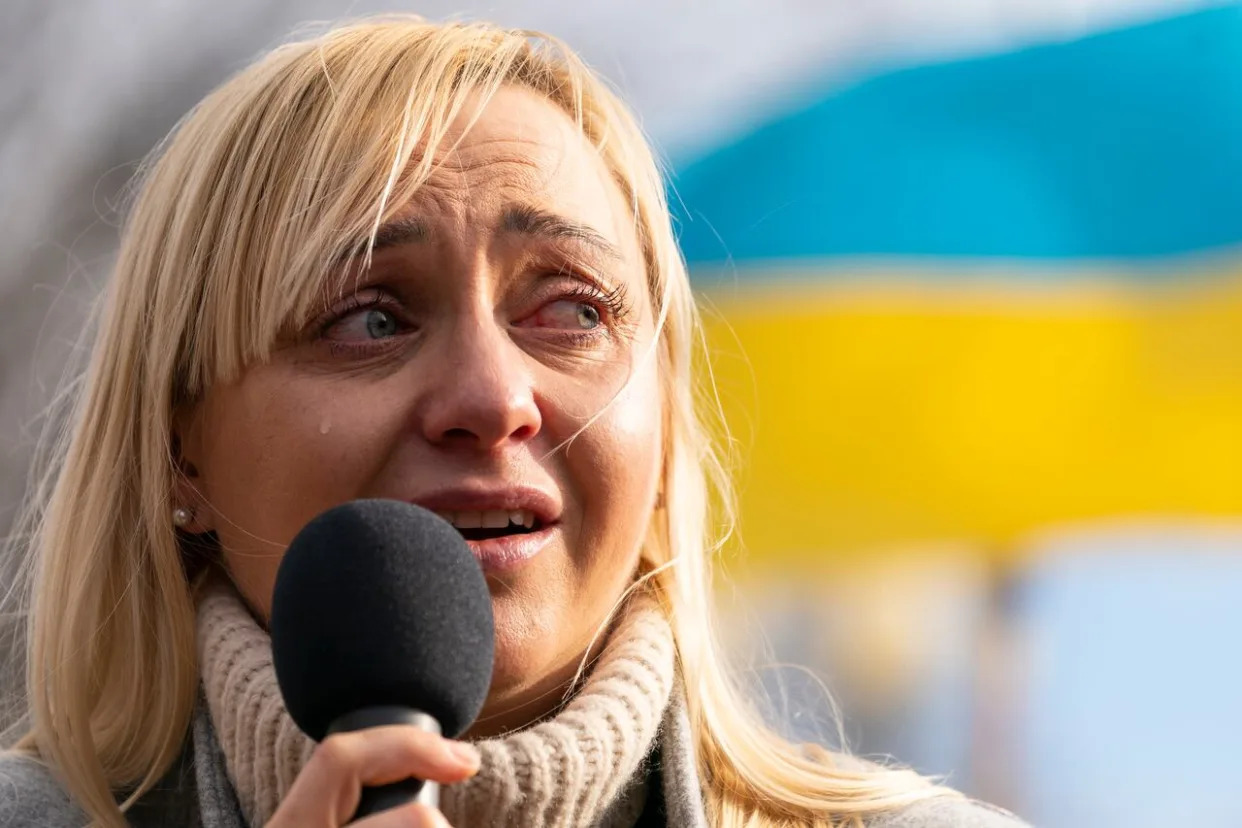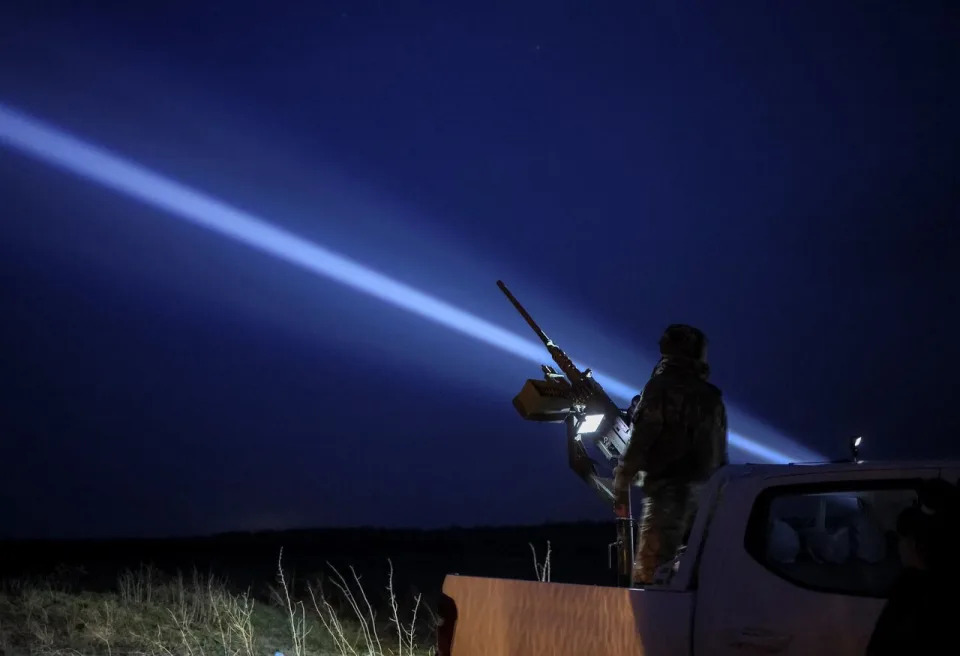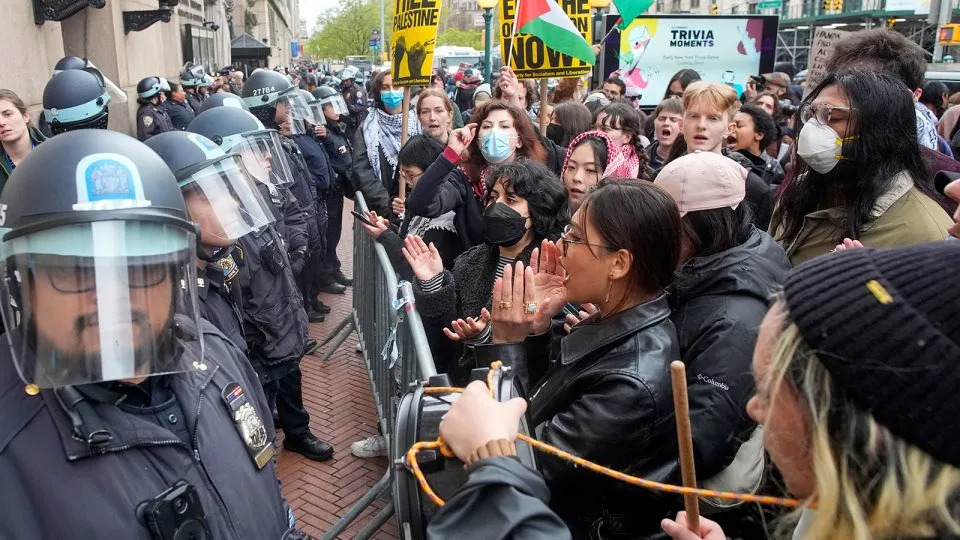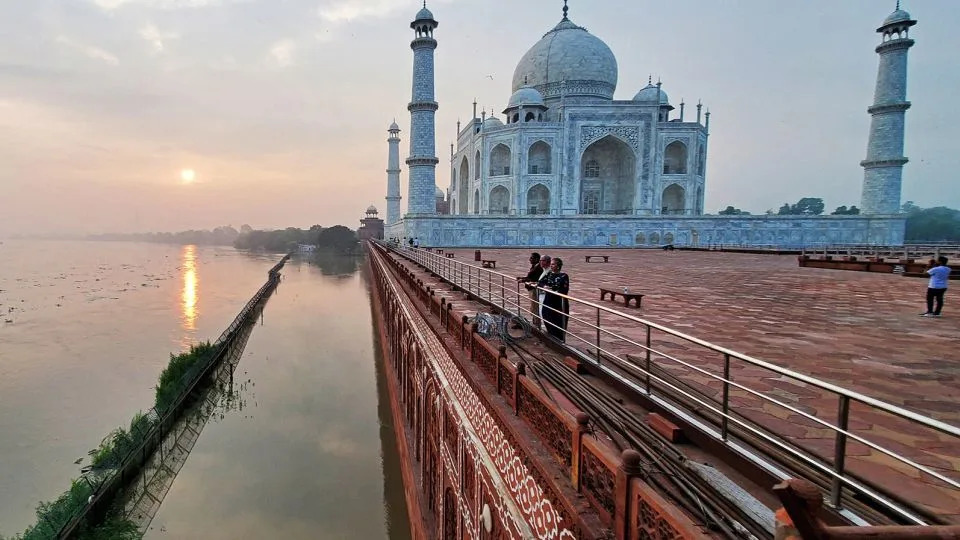Fri, April 19, 2024
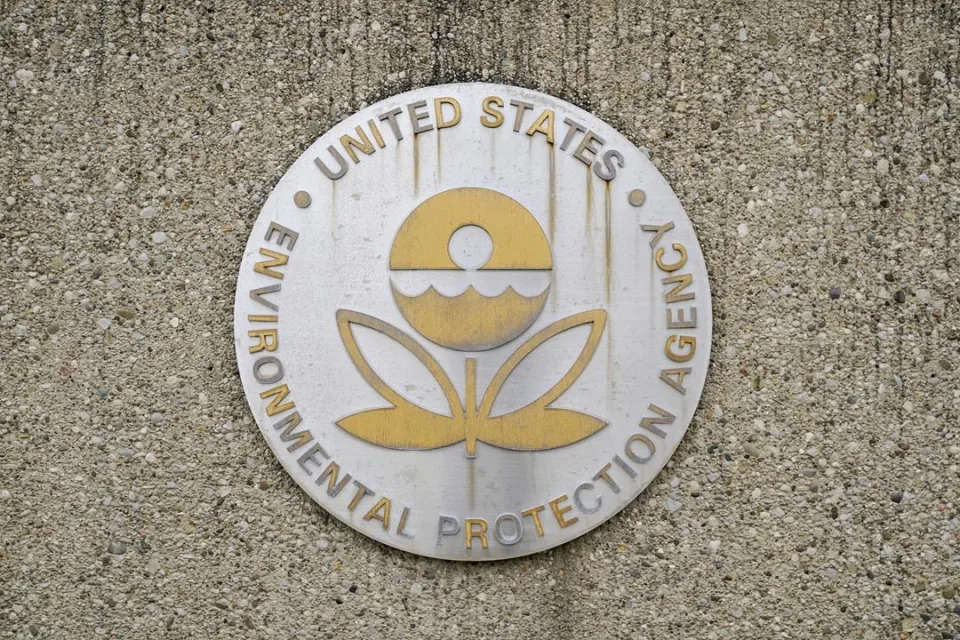
WASHINGTON (AP) — The Environmental Protection Agency on Friday designated two forever chemicals that have been used in cookware, carpets and firefighting foams as hazardous substances, an action intended to ensure quicker cleanup of the toxic compounds and require industries and others responsible for contamination to pay for its removal.
Designation as a hazardous substance under the Superfund law doesn’t ban the chemicals, known as PFOA and PFOS. But it requires that releases of the chemicals into soil or water be reported to federal, state or tribal officials if they meet or exceed certain levels. The EPA then may require cleanups to protect public health and recover costs that can reach tens of millions of dollars.
PFOA and PFOS have been voluntarily phased out by U.S. manufacturers but are still in limited use and remain in the environment because they do not degrade over time. The compounds are part of a larger cluster of forever chemicals known as PFAS that have been used since the 1940s in industry and consumer products including nonstick frying pans, water-repellent sports gear, stain-resistant rugs and cosmetics.
The term PFAS is short for per- and polyfluoroalkyl substances. The chemicals can accumulate and persist in the human body for long periods. Evidence from animal and human studies indicates that exposure to PFOA or PFOS may lead to cancer or other health problems, including liver and heart damage and developmental problems in infants and children.
President Joe Biden’s administration “understands the threat that forever chemicals pose to the health of families across the country,″ EPA Administrator Michael Regan said. “Designating these chemicals under our Superfund authority will allow EPA to address more contaminated sites, take earlier action and expedite cleanups — all while ensuring polluters pay for the costs to clean up pollution threatening the health of communities.”
The final rule issued Friday follows strict limits set by the EPA on certain PFAS in drinking water that will require utilities to reduce them to the lowest level they can be reliably measured. Officials say the drinking water rule, announced April 10, will reduce exposure for 100 million people and help prevent thousands of illnesses, including cancers.
The American Chemistry Council, which represents the chemical industry, said it strongly oppose the EPA's action and believes it “will undermine overall remediation efforts” for PFAS contamination.
The Superfund law “is an expensive, ineffective and unworkable means to achieve remediation for these chemicals,'' the group said in a statement Friday. The 1980 law “is fraught with unintended consequences and will likely result in extensive, unnecessary delays for cleanups,'' the chemistry council said, adding that there are more effective and timely means to clean up PFAS sites “through existing regulatory processes.''
Last year, three chemical companies announced they had reached a $1.18 billion deal to resolve complaints of polluting many U.S. drinking water systems with PFAS. DuPont de Nemours Inc., The Chemours Co. and Corteva Inc. said they would establish a fund to compensate water providers for contamination.
And earlier this month, chemical manufacturer 3M Co. announced it will begin payments to many U.S. public drinking water systems as part of a multibillion-dollar settlement over contamination with forever chemicals.
Besides the final rule, the EPA issued a notice clarifying that the agency will focus enforcement efforts on businesses and people who significantly contribute to the release of PFAS chemicals into the environment, including companies that have manufactured PFAS or used it in the manufacturing process, as well as federal agencies and other responsible groups.
PFAS used in firefighting foam has tainted groundwater on and near military bases and other locations where it’s used in training exercises.
The Superfund law allows the EPA to clean up contaminated sites across the country and forces parties responsible for the contamination to either perform cleanups or reimburse the government for EPA-led cleanup work. When no responsible party can be identified, Superfund gives the EPA money and authority to clean up contaminated sites.
The EPA’s action follows a report by the National Academies of Science that calls PFAS a serious public health threat in the U.S. and worldwide. The EPA said in 2022 that PFOA and PFOS are more dangerous than previously thought and pose health risks even at levels so low they cannot currently be detected.
David Uhlmann, the EPA's assistant administrator for enforcement and compliance, called the Superfund designation “a major step toward holding polluters accountable for significant releases of PFAS into the environment.'' Officials “intend to exercise our enforcement discretion to focus on significant sources of PFAS contamination,'' he said, not farmers, municipal landfills, water utilities, municipal airports or local fire departments.
Water utilities, fire departments and other groups had complained that an earlier EPA proposal could have imposed unfair costs on them without defined cleanup standards.
The federal designation will ensure that manufacturers most responsible for widespread PFAS contamination will bear the costs of cleaning it up, said Jonathan Kalmuss-Katz, a lawyer for the environmental group Earthjustice.
He said it “just got a lot harder” for polluters including chemical companies that long manufactured PFAS “to pass the costs of their PFAS releases off on impacted communities and taxpayers.”
Erik Olson, a health expert at the Natural Resources Defense Council, said the EPA’s action will help protect millions of American families exposed to the toxic chemicals.
“We all learned in kindergarten that if we make a mess, we should clean it up," he said. “The EPA’s Superfund rule is a big step in the right direction for holding polluters accountable for cleaning up decades of contamination.”
West Virginia Sen. Shelley Moore Capito, the top Republican on the Senate Environment and Public Works Committee, called the EPA's action “ill-advised” and said it “puts local communities and ratepayers on the hook for PFAS contamination they had nothing to do with in the first place.″
The Superfund designation could have disproportionate effect on water and waste utilities, airports, farmers, ranchers and fire departments, Capito said, adding that the agency's action underscores the need for Congress to act to address PFAS.
“We must pass legislation to safeguard American ratepayers from the financial burden imposed by this misguided rule,” she said.
